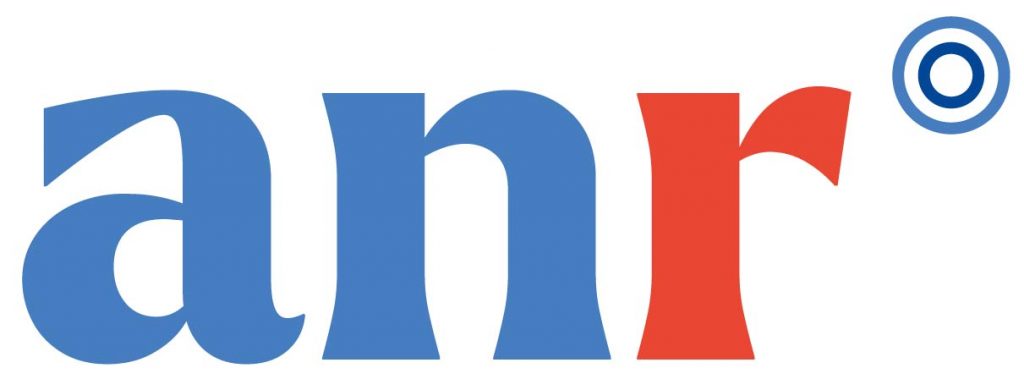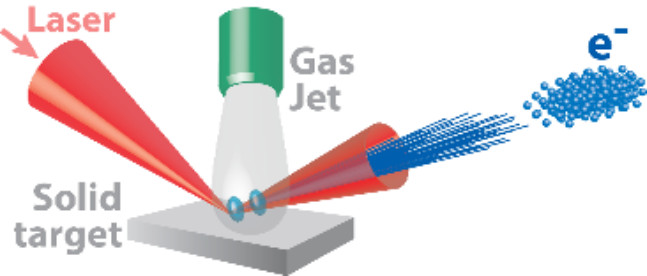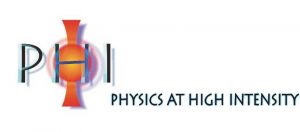Nanocoulomb femtosecond laser plasma gas pedals with plasma mirror injectors: high doses at very high dose rates
In-vivo experiments have shown that healthy tissue (vs. diseased tissue) is much less sensitive to ionizing radiation when delivered in short pulses.
This high-dose-rate radiotherapy (RT), also known as RT-FLASH, opens the way to highly innovative new medical treatments.


Schematic diagram of a high-charge plasma mirror injector (solid state) in a
accelerator (gas).
To date, the mechanisms behind the FLASH effect have not been elucidated, and understanding them requires exploring the origin of radiation toxicity on time scales ranging from the femtosecond (fs) – molecular excitation – to the hour (cellular response).
At present, only fs sources of laser-accelerated particles allow exploration of the shortest time scales. These sources, which take advantage of the high power and very short duration of laser pulses (10^7Gy/s vs. 30Gy/s for conventional RT-FLASH). However, “laser gas pedals” have significant limitations, which prevent their use as effective sources in RT.
In particular, in the case of electron laser gas pedals (at the heart of this project), increasing the charge per packet from a few
10pC to nC while maintaining high beam quality is a major challenge with traditional injection methods. This is crucial if we are to deliver a therapeutic dose in a matter of seconds (as required in RT-FLASH).
The ultimate goal of the project is therefore to significantly increase the load delivered by laser gas pedals while preserving high beam quality. To achieve this, we are proposing a new approach using physical systems called plasma mirrors, capable of injecting 100 times more charge than traditional methods. The source developed in this way will be used to demonstrate ultra-high-rate dose deposition, and will provide a better understanding of the FLASH effect in the future.



